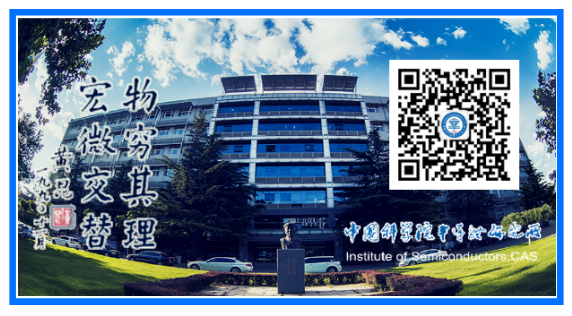
Source: Tiger Says Chip
Original Author: Tiger Says Chip
This article explains why FPGA chips are not suitable for algorithm processing.
1. The Essential Positioning of FPGA – A Hardware Platform, Not a Conventional “Computer”
FPGA’s greatest advantage is its hardware-level flexibility for customization. It is very suitable for implementing high-speed parallel circuits, custom interfaces, timing control, etc. However, algorithm processing often requires flexible data access, complex control, massive arithmetic operations, and program flow, which are areas where “general-purpose processors” (such as CPUs, DSPs, ARM) excel.
2. The “Cognitive Gap” Between Software Algorithms and FPGA
- Software algorithm development essentially involves continuously writing code, modifying, and testing, which is a natural process for CPUs/DSPs, even supporting floating-point operations, complex control flows, recursive calls, and various functions efficiently.
- In contrast, implementing algorithms on FPGA is entirely different; all steps must be “hard-coded” into the hardware. For example, creating an adder is not as simple as “writing a line of code to run”; instead, it requires “building the circuit for the adder,” where each data operation needs specific logic circuit support. This makes the design process enormous, maintenance difficult, and adjustments inflexible.
3. Comparison of Development Difficulty and Cycle – “Building a Car: CPU is Like Assembling with LEGO, FPGA is Like Forging Iron Parts”
- On a CPU or DSP platform, algorithms are like quickly assembling with LEGO, allowing for flexible modifications.
- On FPGA, it is akin to “melting steel – forging parts – then assembling the model,” which takes a long time and is difficult to debug.
- A small code-level change on FPGA may require a significant redesign of the hardware logic.
4. Unfriendly Development Toolchain and Ecosystem
- FPGA engineering development primarily relies on hardware description languages (such as Verilog, VHDL), which do not support the high-level languages that most algorithm engineers are proficient in for development and debugging. Many algorithms require mathematical libraries or existing algorithm support, which often need to be built from the ground up in the FPGA development environment, resulting in high barriers, low flexibility, and low efficiency.
5. Efficiency Issues Due to Limited Resource Structure
- Most resources in FPGA are used to build various basic logic units and a small number of multipliers and storage units, rather than being designed for large-scale data algorithm processing.
- Data interactions, complex arrays, special data structures, and frequent read/write operations involved in algorithms often require enormous hardware resources to implement on FPGA, leading to resource wastage or even making it impossible to implement.
6. Architectural Differences in Data Flow and Program Flow
- CPU/DSP structures are suitable for complex program flows – such as judgments, loops, function calls, etc.
- FPGA is inherently suitable for parallel data flow processing – processing a large batch of data in a single pipeline, achieving high throughput and low latency (for example, image acquisition, signal protocol processing, etc.).
- Many algorithms are essentially “serial thinking,” while FPGA is more like “assembly line thinking,” making the two incompatible.
7. Insufficient Flexibility for Maintenance and Upgrades
- For software algorithm updates, on a CPU platform, it is just a matter of re-flashing the program.
- FPGA algorithms are “hard-coded” into the circuit, and every adjustment requires a complete re-synthesis, layout, and timing analysis, resulting in extremely low development efficiency.
In summary: FPGA is suitable for use as a “dedicated hardware accelerator” (such as high parallelism, deterministic delay data paths, and functional modules), while for flexible and complex algorithm processing, it is like asking a production line to learn magic, which is not only inefficient but also particularly difficult to maintain. Implementing algorithms on FPGA is like building a tall building with custom bricks; whereas on a CPU, it is like having an experienced renovation team, saving time and effort, and allowing for style changes very easily.
END
The reproduced content only represents the author’s views.
It does not represent the position of the Institute of Semiconductors, Chinese Academy of Sciences.
Editor: Xiao Shuai
Editor-in-Chief: Liu Kuai Qian’s Fish
Submission Email: [email protected]
Previous Recommendations
1. The Impact of Crystal Growth Process on the Oxygen Content of N-type Monocrystalline Silicon
2. Titanium Nitride (TiN) in Chip Manufacturing
3. Differences Between Microwave and Low-Frequency Radio Waves/High-Frequency Light Waves
4. Understanding the Principles and Classifications of Photodetectors
5. Four Futures of Deep Space Chips
